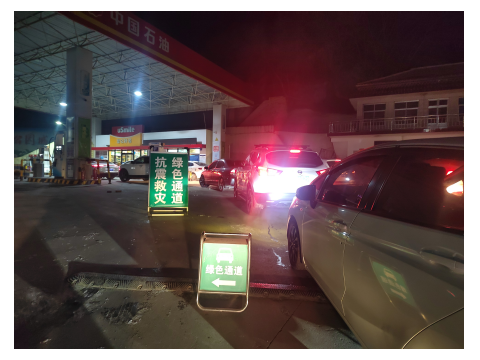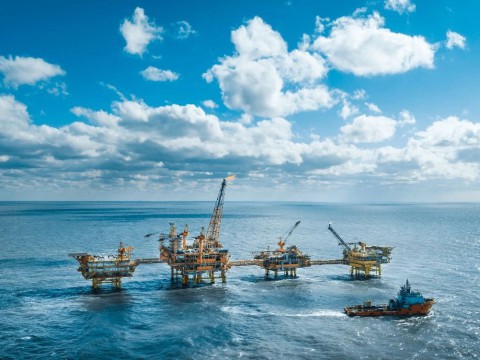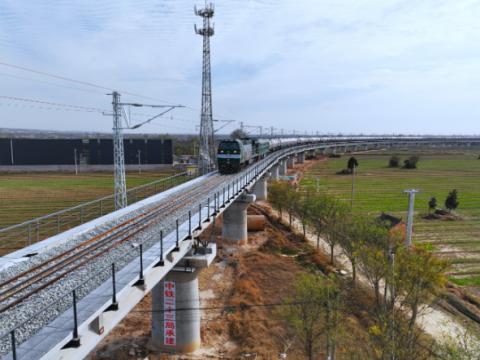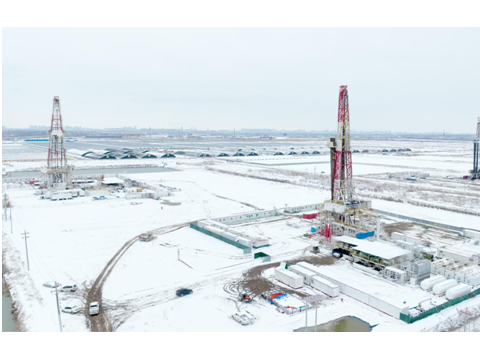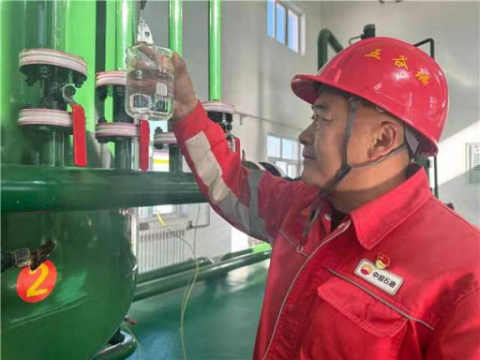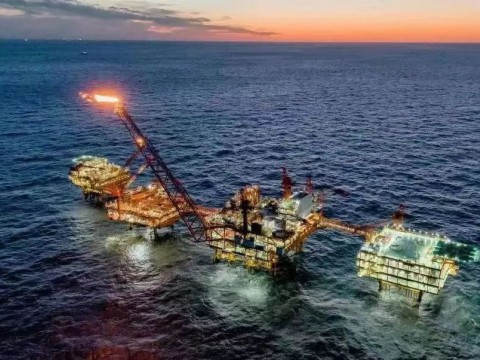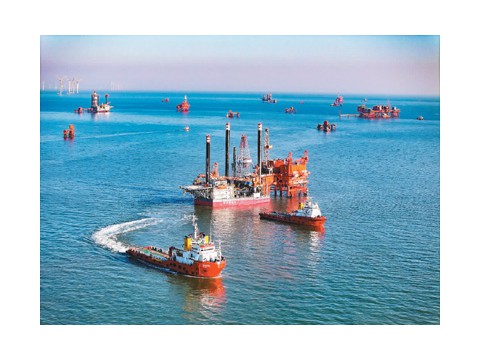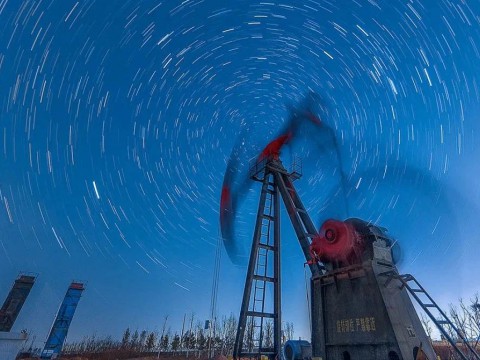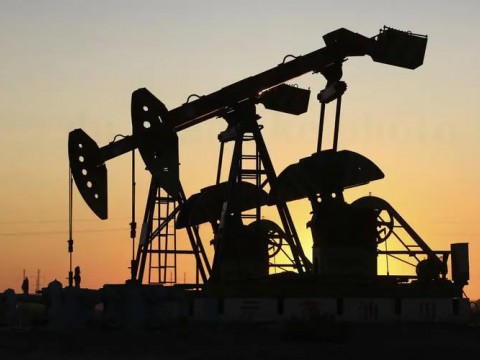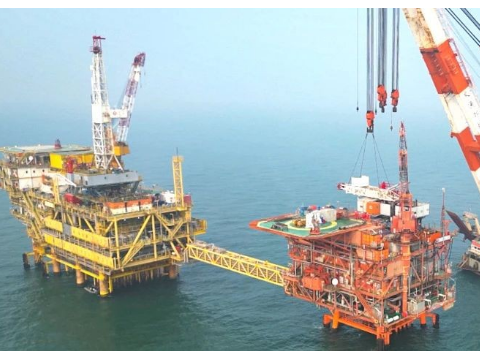到2023年前,每桶100美元的油价可能引发美国致密油日产量增加220万桶
美国的核心产油区(二叠纪、鹰福特、奈厄布拉勒、巴肯和阿纳达科盆地)在去年第四季度的致密油日产量约为770万桶
由于美国以外地区的供应仍然紧张,高油价正在鼓励运营商增加致密油产量
据美国油价网报道,挪威著名能源研究和商业情报公司雷斯塔能源公司(Rystad)2月14日预测,在需求增长和供应持续紧张的驱动下,在油价维持在每桶100美元左右或以上的超级周期中,美国的致密油日产量有望增加多达220万桶。
美国的核心产油区——二叠纪盆地、鹰福特盆地、奈厄布拉勒盆地、巴肯盆地和阿纳达科盆地——在去年第四季度的致密油日产量约为770万桶,继续呈上升趋势,但仍低于疫情大流行前的水平。 预计到今年第二季度,这些核心产油区的致密油日产量将超过2019年810万桶的最高水平,如果出现超级周期,致密油产量将进一步扩大。
如果油价每桶达到并保持在100美元左右,到2023年第四季度,这些核心产油区的致密油日总产量将达到990万桶,比去年同期日增220万桶。
由于来自美国以外地区的供应仍然紧张,高油价正在鼓励运营商增加致密油产量。全球对Covid-19的担忧正在减弱,各国正在取消或放松限制,导致目前供应难以满足全球石油需求激增。 此外,主要石油出口国的地缘政治不确定性正在恶化,在供应本已有限的情况下,有可能扰乱贸易流动。
美国这些核心产油区的非常规油气总产量(包括石油、天然气和天然气液体)已经恢复到疫情爆发前的水平,去年第四季度的日总产量约为1560万桶油当量。非常规油气日总产量预计将继续攀升,并在今年3月底达到1600万桶油当量的历史最高水平。
“虽然高油价在理论上会引发致密油产量的激增,但严重的供应链瓶颈、价格信号及其对生产的影响之间的滞后、以及冬季天气造成的供应中断,致密油产量都将放缓增长。 此外,预计现货沙子价格将升至每吨50- 70美元,这是页岩行业现代史上闻所未闻的水平,这将打击运营商的钱包。”
检查可能性
在不同的情景下,油价区间在每桶70美元至100美元之间,将导致今年第四季度产量大幅飙升,而长时间运行的每桶90 - 100美元会进一步提高从今年第二季度起已经恢复钻机活动。 在油价每桶40美元的情景下,到2024年前,产量将恢复到去年的水平。
展望2023年以后,每桶100美元的西得克萨斯中质原油将使页岩行业从去年第四季度到2025年第四季度年均日增长约96万桶。 每桶70美元的油价仍将允许一个可持续的增长周期,但平均年增长速度将限制在约每天56万桶。
在每桶100美元的情景下,在私营运营商和公共独立生产商的推动下,将从今年第二季度开始逐步部署更多的钻机。 公共勘探和生产公司的经营理念正在发生根本性的转变,许多公司响应了全球增加致密油产量的号召。 埃克森美孚公司和雪佛龙公司最近就其雄心勃勃的二叠纪盆地增产计划进行了沟通,证实了这一趋势。
现在,二叠纪盆地和其他一些多产盆地发生了明显的变化,行业情绪再次高涨。 各种各样的供应链瓶颈可能会推迟活动的上升,但它们不会成为一个完全的障碍,因为页岩行业已经反复证明,所有这些瓶颈都会得到及时解决。
这些预测涵盖了美国本土48个州(不包括墨西哥湾)核心致密产油区的非常规活动。 至于美国大陆(不包括墨西哥湾)页岩气地区常规生产和凝析油的其它地区, 石油日产量最近稳定在170万- 180万桶范围内。 在此情景下,疫情爆发前的美国大陆石油产量将有望在今年末或明年初达到峰值。
在每桶70美元的情景下,美国大陆石油日供应量到2025年底将趋于1200万桶,而如果油价持续保持在每桶100美元,美国大陆石油日产量将在未来4年里增长至1350万桶。
李峻 编译自 美国油价网
原文如下:
$100 Oil Could Trigger Burst In Shale Oil Production
· Oil at $100 could trigger an additional 2.2 million bpd of US tight oil output by 2023.
· Tight oil output in the core producing regions of the US – the Permian, Eagle Ford, Niobrara, Bakken and Anadarko – in the fourth quarter of 2021 was around 7.7 million bpd.
· High oil prices are encouraging operators to increase production as supply from sources outside the US remains tight.
Up to 2.2 million barrels per day (bpd) of US tight oil could be unleashed in the event of a supercycle – with oil prices remaining around or above $100 per barrel – driven by growing demand and continued supply tightness, Rystad Energy predicts.
Tight oil output in the core producing regions of the US – the Permian, Eagle Ford, Niobrara, Bakken and Anadarko – in the fourth quarter of 2021 was around 7.7 million bpd, continuing an upward trend but short of the pre-pandemic levels. Production in these regions is expected to surpass the 2019 high of 8.1 million bpd by the second quarter of this year and expand further if a supercycle materializes.
If oil prices reach and remain around $100 per barrel, total production from these core regions would hit 9.9 million bpd by the fourth quarter of 2023, marking a 2.2 million bpd surge from the same quarter in 2021.
High oil prices are encouraging operators to increase production as supply from sources outside the US remains tight. Global Covid-19 concerns are waning and countries are removing or relaxing restrictions, causing a surge in demand for oil that the current supply would struggle to meet. In addition, geopolitical uncertainty in major exporting countries is worsening, threatening to disrupt trade flows amid already limited availability.
Total unconventional output – including oil, gas and natural gas liquids (NGL) – from these core US oil regions has already returned to pre-Covid-19 levels, totaling around 15.6 million boepd in the fourth quarter of 2021. Total output is expected to keep climbing and reach an all-time high of more than 16 million boepd by the end of March this year.
“Although high prices would, in theory, trigger a burst in tight oil production, acute supply chain bottlenecks, a lag between price signals and its impact on production, and winter weather-related disruptions will slow growth. Added to this are expectations that spot sand prices will rise to a $50-$70 per ton range – a level unheard of in the industry’s modern history – which will hit operators’ wallets,” says Artem Abramov, Rystad Energy’s head of shale research.
Examining the possibilities
Looking at different scenarios, a price range between $70 and $100 per barrel would lead to a significant upsurge in output in the fourth quarter of 2022, while a prolonged run of $90-$100 per barrel would result in a further increase to the already recovering rig activity from the second quarter of 2022. In a $40 scenario, production will return to 2021 levels by 2024.
Looking beyond 2023, $100 WTI will allow the industry to average at an annual growth of about 960,000 bpd, from the fourth quarter of 2021 through to the fourth quarter of 2025. A $70 world will still allow for a sustainable growth cycle, but the average annual pace will be limited to about 560,000 bpd.
In a $100 per barrel scenario, a gradual deployment of additional rigs would materialize from the second quarter of this year, driven by both private operators and public independent producers. A fundamental shift in the operational philosophy of public E&Ps is emerging, with many responding to a global call on tight oil growth. Recent communications from ExxonMobil and Chevron on their ambitious Permian growth plans reaffirms this trend.
There is a marked change happening now in the Permian and some other basins, with industry sentiment becoming buoyant again. Various supply chain bottlenecks might delay the uptick in activity, but they will not act as a complete showstopper as the industry has repeatedly demonstrated that all such bottlenecks get resolved in time.
These projections cover unconventional activity in core tight oil regions of all the lower 48 states, excluding the Gulf of Mexico. For the rest of the lower 48 conventional production and condensate in shale gas regions, excluding the Gulf of Mexico, oil output has recently stabilized in the 1.7 million-1.8 million-bpd range and can even recover towards 1.9 million bpd over the next four years in a favorable price environment amid an increase in infill drilling in mature fields and a robust condensate production outlook in wet and liquids-rich parts of select gas basins. Against this backdrop, the pre-Covid-19 lower 48 oil production peak of 10.4 million bpd would be within reach already by late-2022 or early-2023.
免责声明:本网转载自其它媒体的文章,目的在于弘扬科技创新精神,传递更多科技创新信息,宣传国家科技政策,展示国家科技形象,增强国家科技软实力,参与国际科技舆论竞争,提高国际科技话语权,并不代表本网赞同其观点和对其真实性负责,在此我们谨向原作者和原媒体致以崇高敬意。如果您认为本网文章及图片侵犯了您的版权,请与我们联系,我们将第一时间删除。









